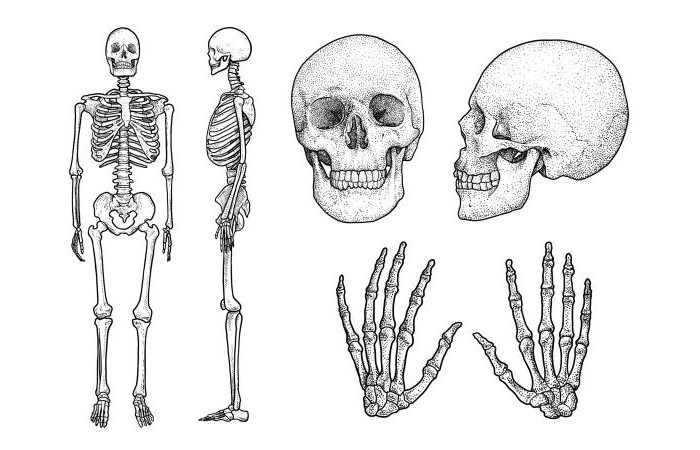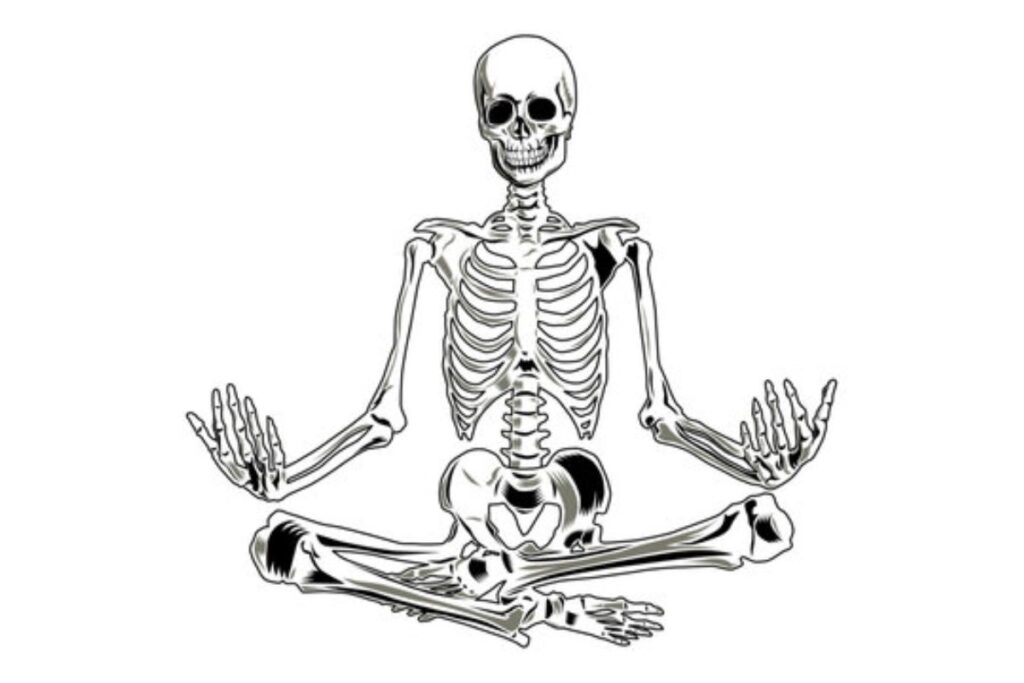drawing:9qs9xgbv4jo= skeletonThe skeleton is a crucial skill for artists looking to understand human anatomy better. It provides the foundation for creating realistic figures and is essential for both beginners and advanced artists.
Learning to draw a skeleton will improve your ability to depict human figures with accurate scale and movement. This tutorial will introduce you to the basic techniques and provide tips for mastering the skeleton.
Key Points:
- Understanding the structure of the skeleton is essential for accurate drawing.
- Essential tools include graphite pencils, erasers, and drawing paper.
- Practice in different poses to learn how to draw from various angles.
Why is Drawing a Skeleton Important?

drawing:9qs9xgbv4jo= skeleton The diagram serves as a foundation for understanding the structure of the human body. By studying the skeleton, artists gain an understanding of the underlying structure that influences the depiction of muscles and skin.
This knowledge is essential for creating realistic human figures in a variety of poses and movements. For example, drawing the rib cage and spine correctly will help pull the body more naturally.
| Tool | Purpose | Recommended Brand |
| Graphite Pencils | Detailed line work and shading | Prismacolor, Faber-Castell |
| Erasers | Corrections and highlights | Kneaded, Plastic |
| Sketch Paper | Surface for sketching | Strathmore, Canson |
What Tools Are Best for Drawing Skeletons?
Using the right tools can significantly change the quality of your contour drawings. Essential tools include graphite pencils of varying hardness for detailed work and shading. Erasers are critical for refining details and correcting mistakes.
High-quality sketch paper can also make a difference in the quality of your drawings. Here is a comparison chart of standard tools used for drawing skeletons:
How Can I Improve My Skeleton Drawing Skills?
Improving your contour drawing skills requires regular practice and training. Start by drawing simple skeletons in basic poses to familiarize yourself with the bone structure.
Gradually move on to more complex poses and dynamic movements. Studying anatomy books or taking online courses can also provide valuable information and techniques.
What Are the Common Mistakes to Avoid?
A common mistake is neglecting the proportions between different parts of the subject. Make sure the lengths of the arms, legs, and body are proportional to each other.
Another mistake is not paying attention to the placement of the bones, which can lead to unnatural poses. Practice regularly to avoid these mistakes and improve overall accuracy.
How Do Different Skeleton Styles Affect Drawing?
Different contour drawing styles can have a significant impact on the final look of your work. For example, a realistic skeleton emphasizes accurate proportions and details, while a stylized skeleton may exaggerate certain features for artistic effect.
Sympathetic, these styles will help you choose the right approach for your artwork, whether it is a realistic portrait or a comic character.
What Are Some Advanced Techniques for drawing:9qs9xgbv4jo= skeleton?
Advanced skeleton drawing techniques include understanding the function of each bone and how it affects movement. Techniques such as foreshortening and perspective can add depth and realism to your drawings.
Study how bones speak and connect, and practice incorporating these details into your sketches for a more complex representation.
How Can I Use References Effectively?
Using references can significantly improve the accuracy of your contour drawings. Anatomy models, online images, and anatomy books are valuable resources. When using references, make sure they are accurate and detailed to provide a solid foundation for your drawings.
You can also use digital tools to view skeletons from different angles for a more complete understanding.
What Are the Benefits of Digital Tools in Skeleton Drawing?
Digital tools offer many benefits for drawing a skeleton, including the ability to adjust proportions quickly, experiment with different poses, and use layering techniques.
Software like Adobe Photoshop or Clip Studio Paint can help streamline the drawing process and offers features like grid overlays and bone structure templates. Here’s a comparison of traditional and digital tools:
Conclusion
Mastering the art of skeleton drawing:9qs9xgbv4jo= skeleton is an essential skill for any artist. By understanding bone structure and proportions, choosing the right tools, and practising regularly, you can improve your ability to create realistic human figures.
Remember to explore different styles, avoid common mistakes, and use references to improve your skills. With effort and practice, you will be able to draw skeletons with greater accuracy and confidence.
Frequently Asked Questions
What are the basic steps to outlining?
Start with a basic outline of the prominent bones, then add details and refine the dimensions.
What is the best way to practice drawing skeletons?
Practice regularly by drawing skeletons in different poses and using anatomy references for accuracy.
Can I outline it without a reference?
While it is possible, using references helps ensure that your drawings are accurate and realistic.
How can digital tools improve my outline drawing?
Digital tools make it easy to adjust, layer, and experiment with different poses and perspectives.
What are some common mistakes when drawing skeletons?
Common mistakes include incorrect proportions and misaligned bones. Regular practice helps prevent these problems.

